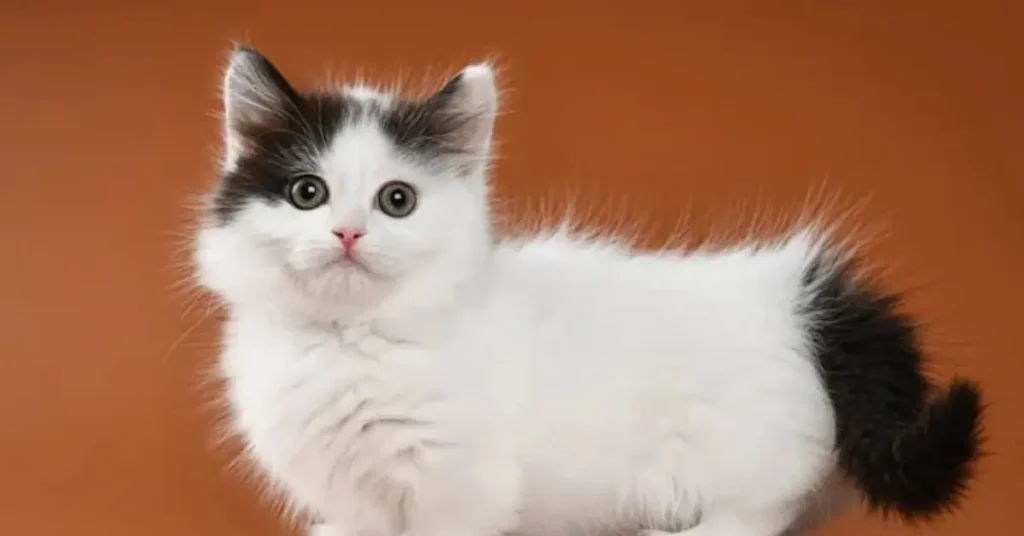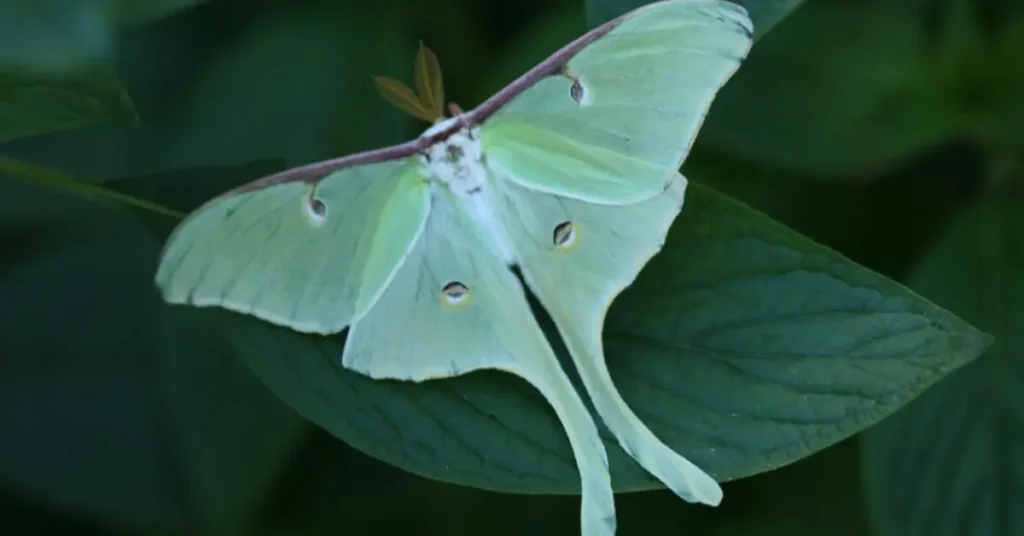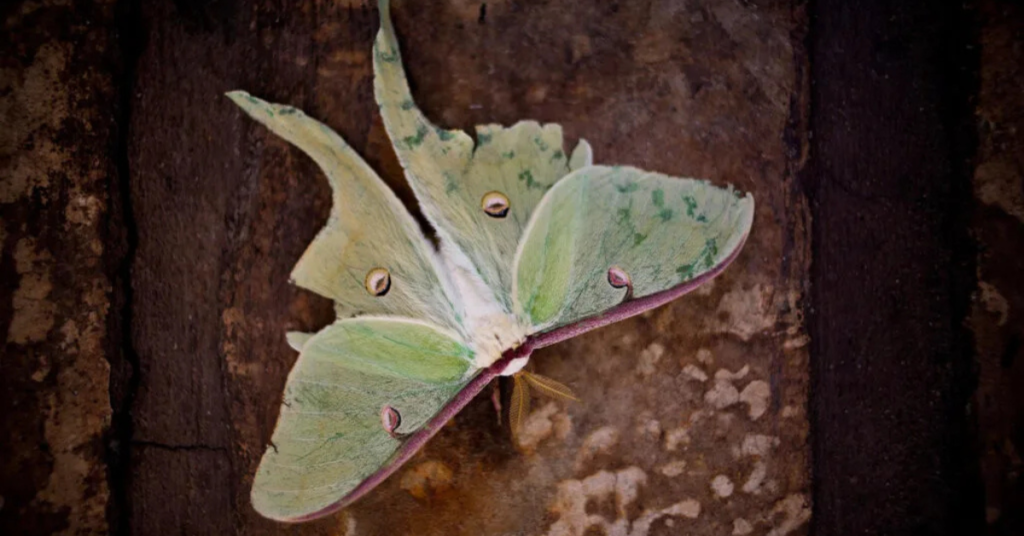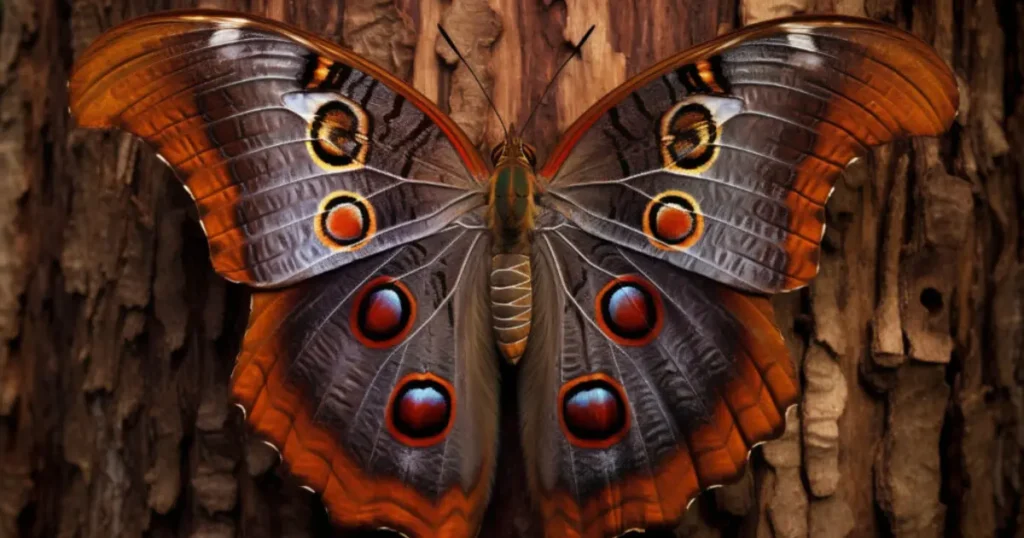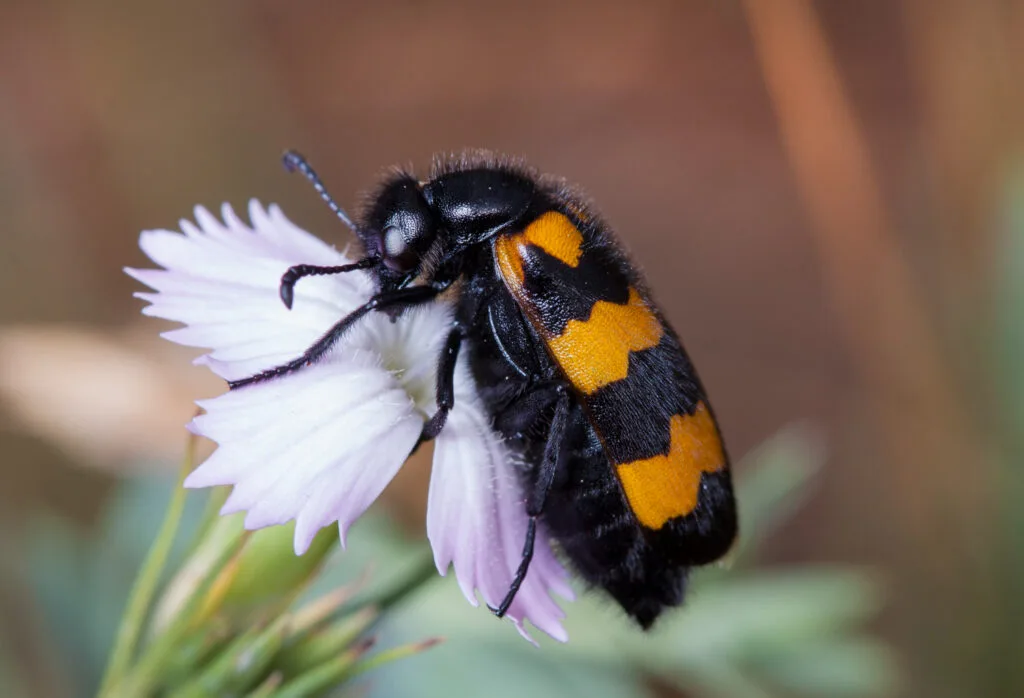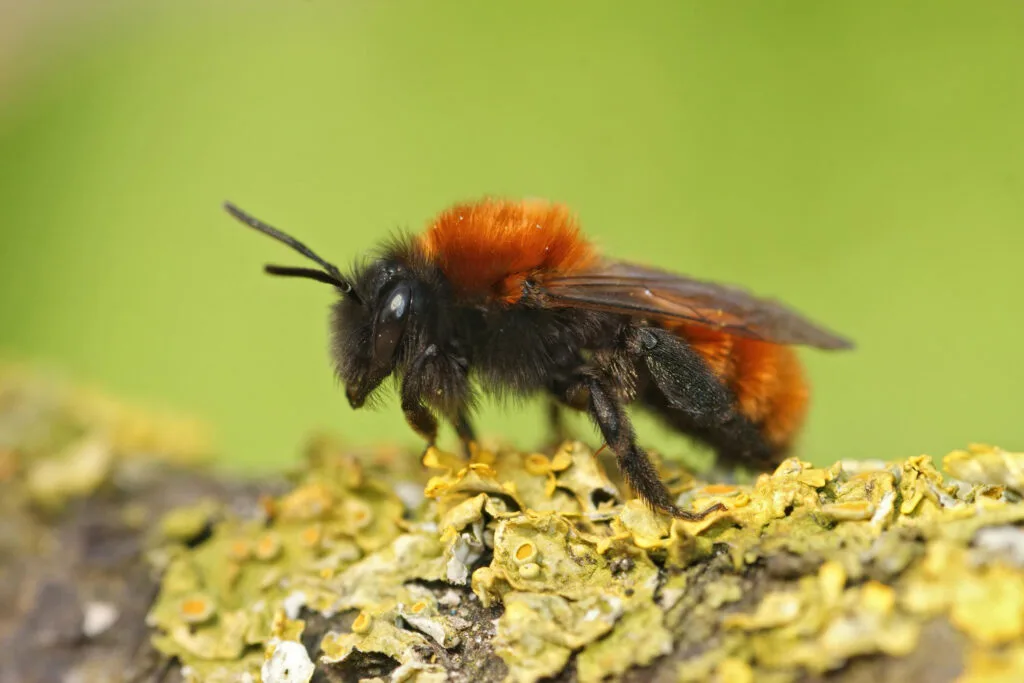Table of Contents
ToggleIntroduction to the Winter White Dwarf Hamster
The Winter White Dwarf Hamster is a popular pet known for its small size, adorable appearance, and unique ability to change fur color in winter. This species is native to the cold regions of Siberia, Kazakhstan, and Mongolia, where it adapts to seasonal changes by altering its coat. This trait makes them one of the most fascinating dwarf hamster breeds.
In this guide, we will explore everything you need to know about the Winter White Dwarf Hamster, including its habitat, care needs, diet, lifespan, breeding, and behavior. Whether you’re a first-time hamster owner or an experienced pet enthusiast, this blog will provide valuable insights to ensure your hamster thrives.
Appearance and Characteristics
The Winter White Dwarf Hamster is small and compact, with a body length of around 3-4 inches and a weight of 30-50 grams. It has a rounded face, tiny ears, and short, stubby tails, making it an incredibly cute pet.
Color Variations
This breed is famous for its ability to change color. Here are the common colors:
- Normal (Wild Type): Grayish-brown fur with a dark dorsal stripe.
- Pearl: A lighter coat with a white and gray mix.
- Sapphire: A bluish-gray shade with a soft, velvety texture.
- Winter Coat: Pure white fur in cold environments (not all will change completely).
Differences from Other Dwarf Hamsters
- Compared to Campbell’s Dwarf Hamster, the Winter White Dwarf Hamster has a rounder body and more distinct dorsal stripe.
- Unlike Roborovski Hamsters, they are easier to tame and handle.
- They are slightly larger than Chinese Hamsters but still belong to the dwarf hamster family.
Habitat & Cage Setup
Choosing the Right Cage
A proper habitat is crucial for the Winter White Dwarf Hamster to live a healthy and happy life. Ideal cages include:
- Glass tanks (20+ gallons) with a secure mesh lid.
- Wire cages with bar spacing no more than 0.4 inches to prevent escape.
- Plastic modular cages (though these require more cleaning).
Bedding & Nesting Materials
- Use aspen shavings, paper-based bedding, or coconut husk.
- Avoid pine and cedar, as they produce harmful oils.
- Provide nesting materials like soft paper or hay for burrowing.
Essential Cage Accessories
- Exercise wheel: At least 6-8 inches in diameter.
- Hideout: A small wooden or plastic house.
- Tunnels & Toys: To encourage natural burrowing behavior.
- Food & Water Dish: A sturdy bowl and a water bottle.
- Chew Toys: To help with dental health.
Diet & Nutrition
What Do Winter White Dwarf Hamsters Eat?
A balanced diet ensures that your Winter White Dwarf Hamster stays healthy. Their diet should include:
- Hamster pellets: High-quality commercial hamster food.
- Fresh vegetables: Carrots, cucumbers, bell peppers, and leafy greens.
- Fruits (in moderation): Apples, bananas, and pears.
- Protein sources: Boiled eggs, mealworms, and cooked chicken.
- Seeds & Nuts: Sunflower seeds, pumpkin seeds (as treats only).
Foods to Avoid
Chocolate, onions, garlic, citrus fruits, almonds, and sugary treats can be harmful.
Behavior & Temperament
The Winter White Dwarf Hamster is known for its gentle and friendly nature. Unlike some other hamster species, they are less likely to bite and can even be kept in pairs or small groups (preferably from the same litter).
Handling & Taming
- Start by offering treats from your hand.
- Gently scoop them up with both hands.
- Avoid sudden movements to prevent stress.
- Handle them daily to build trust.
Lifespan & Health Concerns
How Long Do Winter White Dwarf Hamsters Live?
On average, a Winter White Dwarf Hamster lives between 1.5 to 2 years. With proper care, some may reach up to 3 years.
Common Health Issues
- Obesity: Due to excessive fatty foods.
- Diabetes: Avoid sugary treats to prevent this condition.
- Respiratory Issues: Caused by poor ventilation and dusty bedding.
- Overgrown Teeth: Provide chew toys to keep their teeth trimmed.
- Wet Tail: Though rare, can occur due to stress or bacterial infections.
Breeding & Reproduction
The Winter White Dwarf Hamster reaches sexual maturity at around 4-5 weeks old. If you plan to breed them:
- Keep a male and female together after proper introduction.
- Pregnancy lasts 18-21 days.
- A female can give birth to 4-8 pups per litter.
- Separate males after birth to prevent stress.
Ensure a quiet, warm environment for the mother and babies.
Pros & Cons of Owning a Winter White Dwarf Hamster
Pros:
- Small and easy to care for.
- Friendly and can be tamed easily.
- Requires minimal space.
- Fun to watch and interact with.
- Unique fur color-changing ability.
Cons:
- Short lifespan.
- Can be fragile and need gentle handling.
- Prone to obesity and diabetes if diet is not controlled.
- Can be nocturnal, meaning they are more active at night.
Conclusion
The Winter White Dwarf Hamster is a delightful pet for beginners and experienced owners alike. With their adorable appearance, playful nature, and minimal maintenance needs, they make great companions for small pet lovers. Ensuring proper diet, cage setup, and regular interaction will keep your furry friend happy and healthy.
If you’re considering adopting a Winter White Dwarf Hamster, now is the perfect time to prepare a cozy and safe environment for your new pet.


